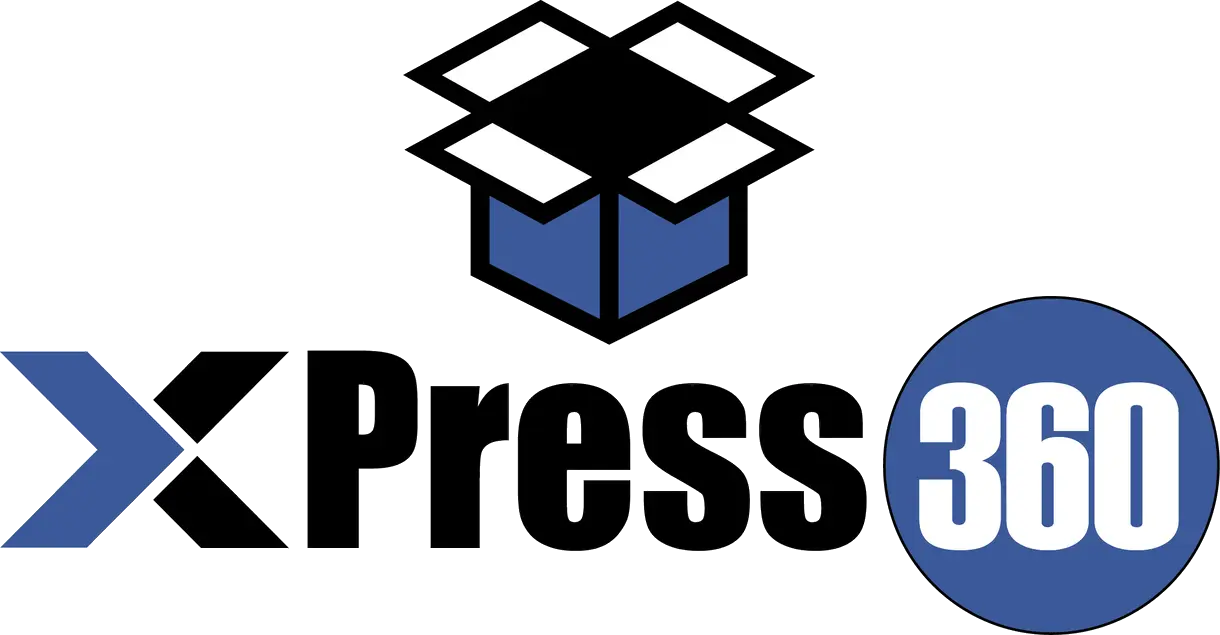Kitting is a powerful tool that can help streamline your business processes and take your business to the next level. Whether you’re in eCommerce or manufacturing, kitting offers numerous benefits that your business has to take advantage of.
But what is kitting, exactly?
And how can you effectively manage your kits to ensure everything runs smoothly?
In this blog post, we’ll explore the ins and outs of kitting, from what is kitting to how it impacts eCommerce and manufacturing. We’ll also provide you with tips on how to manage your kits effectively, so you can take advantage of the many benefits of kitting.
The Definition of Kitting
Understanding what is kitting can be a bit tricky at first
Kitting is the process of grouping together multiple individual items or parts into a single package or kit. This can include items like hardware components, consumer goods, or promotional items. Kitting can come in different types, such as custom, pre-built, or dynamic kitting, depending on the specific needs of the customer or business.
What Is Kitting in a Warehouse?
Knowing what is kitting in a warehouse isn’t the only thing you need to understand. You also need to know what inventory kitting means.
In a warehouse setting, kitting involves taking multiple individual items and combining them into a single package or kit. This is often done to fulfill orders more efficiently and to reduce the number of individual items that need to be handled and tracked.
What Does Inventory Kitting Mean?
Inventory kitting involves organizing and tracking the components needed to create a finished product. This is often done to speed up the manufacturing process and ensure that all necessary parts are available for assembly. In a warehouse setting, inventory kitting can help to streamline order fulfillment and reduce errors.
Kitting Vs Bundling
While kitting and bundling may sound similar, they are actually two distinct processes. Kitting involves combining multiple individual items into a single package or kit, while bundling involves grouping together multiple identical items to sell as a single unit.
Kitting Vs Sub-assembly
Sub-assembly involves combining multiple parts or components to create a single sub-assembly that will be used in the final product. Kitting, on the other hand, involves combining multiple individual items or parts into a single package or kit.
Benefits of Kitting
There are many benefits to using kitting in a warehouse or manufacturing setting. These include:
Less Mistakes
By combining multiple individual items into a single kit, there is less chance for errors to occur during order fulfillment or assembly. This is especially necessary since mistakes usually give way to costly reworks or replacements. Not to mention, it can also lead to customer dissatisfaction that reflects poorly on your bottom line.
Lower Labor Costs
Kitting can help to reduce the amount of time and labor required to pick and package individual items for shipment. This can lead to savings in terms of time and labor costs. Plus, it can also help to keep your labor costs down by allowing you to get more orders out the door quickly and efficiently.
Higher Revenue
By offering kits or bundles, businesses can often charge a higher price than they would for individual items. This is because the entire kit is seen as one product, rather than multiple individual items. Plus, customers are more likely to purchase a single item that is already put together, rather than having to purchase each piece separately.
Faster Shipping
By pre-assembling kits in advance, businesses can often ship orders more quickly than if they were assembling each order individually. This reduces delays in order fulfillment and can result in more satisfied customers. Also, since kits are often larger and heavier, businesses may also be able to save on shipping costs.
How Kitting Affects eCommerce
For eCommerce businesses, kitting can be a valuable tool for improving order fulfillment efficiency and customer satisfaction. By pre-assembling kits in advance, businesses can reduce the amount of time and labor required to fulfill orders. Additionally, by offering kits or bundles, businesses can often increase revenue and customer loyalty.
What is Kitting in Manufacturing?
The kitting process in manufacturing involves organizing and tracking the components needed to create a finished product. This can include items like raw materials, sub-assemblies, and finished goods. The kitting process in manufacturing is often used to streamline assembly processes and ensure that all necessary components are available.
Examples of Kitting in Manufacturing
Examples of kitting in manufacturing include pre-assembling kits of components needed for a particular product such as medical devices, grouping together multiple sub-assemblies to create a larger assembly, and organizing raw materials for easy access during the manufacturing process.
What is Private Kitting?
Private kitting involves creating customized kits for specific customers or clients. This can involve adding unique branding or packaging to the kit, or including specific items requested by the customer.
For example, a toy manufacturer may offer custom kitting services to include personalized packaging, specialized products, and promotional items. This can help the customer stand out in their market and encourage brand loyalty.
How To Manage Your Kits
When it comes to kitting, managing your kits is an essential part of ensuring the process runs smoothly. Below are some tips to help you manage your kits effectively.
Figure Out What’s Included in The Kit
Before you start managing your kits, you need to figure out what’s included in each one. This will ensure you have the correct amount of each item and can create an accurate bill of materials. Make sure to have a clear understanding of what goes into each kit before you start managing them.
Contact Your Kitting Service
If you’re using professional kitting services, it’s important to stay in contact with them to ensure everything runs smoothly. They can provide you with regular updates on your kits, help you troubleshoot issues, and answer any questions you may have. Make sure to communicate with them regularly to avoid any surprises.
Assign Out SKUs
Assigning out SKUs to each item in your kit is necessary to help you track inventory and manage stock levels. Make sure to have a clear understanding of how many of each item you have in stock and how many you need for each kit. This will help you stay organized and reduce errors.
Organize The Items
Keeping your kits organized is a must to ensure you can quickly and easily locate each item when you need it. Consider using bin locations or other methods to help you keep track of where each item is stored. This will make it easier to manage your inventory levels and reduce the risk of errors.
Ship The Kits
Once your kits are ready to ship, make sure to double-check everything before sending them out. Ensure each kit has the correct items, in the correct quantities, and that everything is properly labeled. This will help you avoid any shipping issues and ensure your customers receive the correct items.
Kitting and Warehousing From Xpress360
In conclusion, kitting is a powerful tool that can help you reduce errors, lower labor costs, increase revenue, and speed up your shipping times. Whether you’re in eCommerce or manufacturing, kitting can help you streamline your processes and improve your bottom line.
At Xpress360, we offer expert kitting services that can help you take advantage of these benefits and more. Learn more about our kitting services and how we can help you grow your business.







